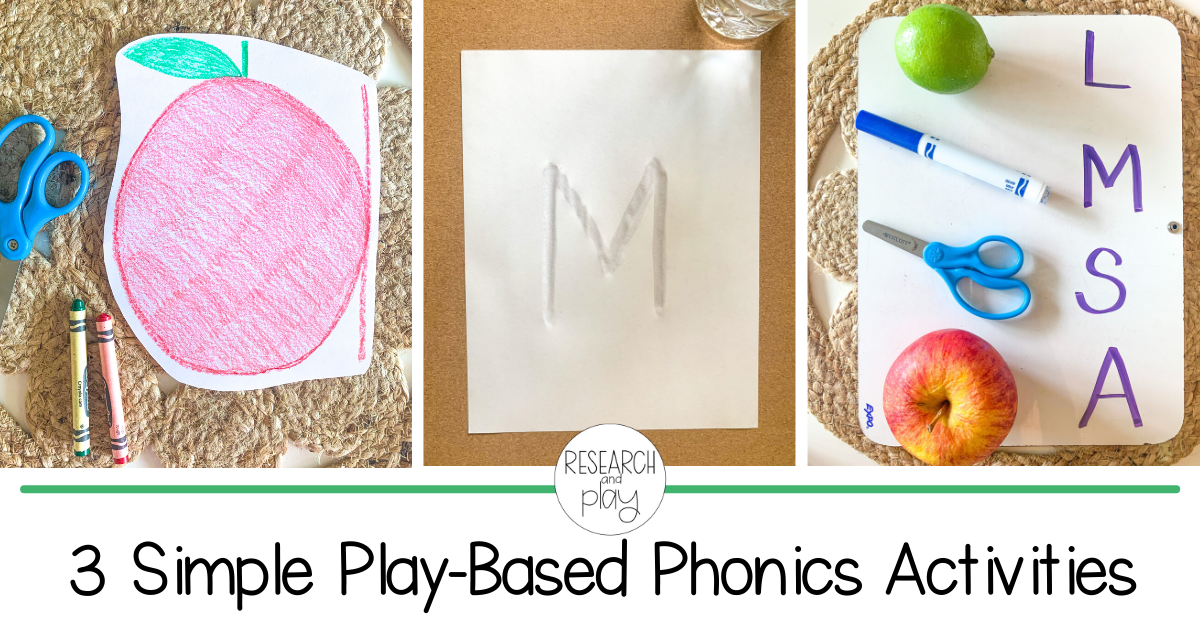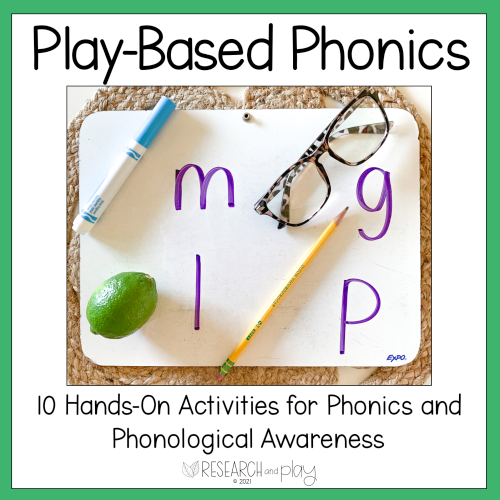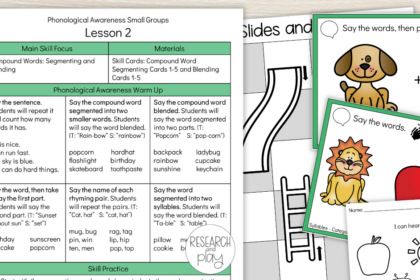Distance learning forced us to get creative with the ways that we’ve always taught those foundational skills like letter identification and sounds. Even though I try to incorporate play-based activities into my typical instruction, I knew that it was extra important during DL! Engaging kindergartners through a screen was challenging, but giving them activities that were fun and playful? It felt impossible! But now I have a toolbox of play-based phonics activities that I’ll be able to use with my future students (hopefully in-person from here on!).
Activity #1: Disappearing Ink
When kids are able to use everyday items in their learning, it makes it feel more novel. Any time you can use things like kitchen supplies, bath items, or gardening tools, engagement increases! Sometimes, it takes very little to make an activity feel special and fun. Here is where “disappearing ink” comes in.
While working on letter identification, I used a variety of materials to help students practice writing letters: dry erase markers, crayons, “magic pencils” aka their fingers writing in the air, but one day we tried something that grabbed their attention and had them asking for it every time we learned a new letter!
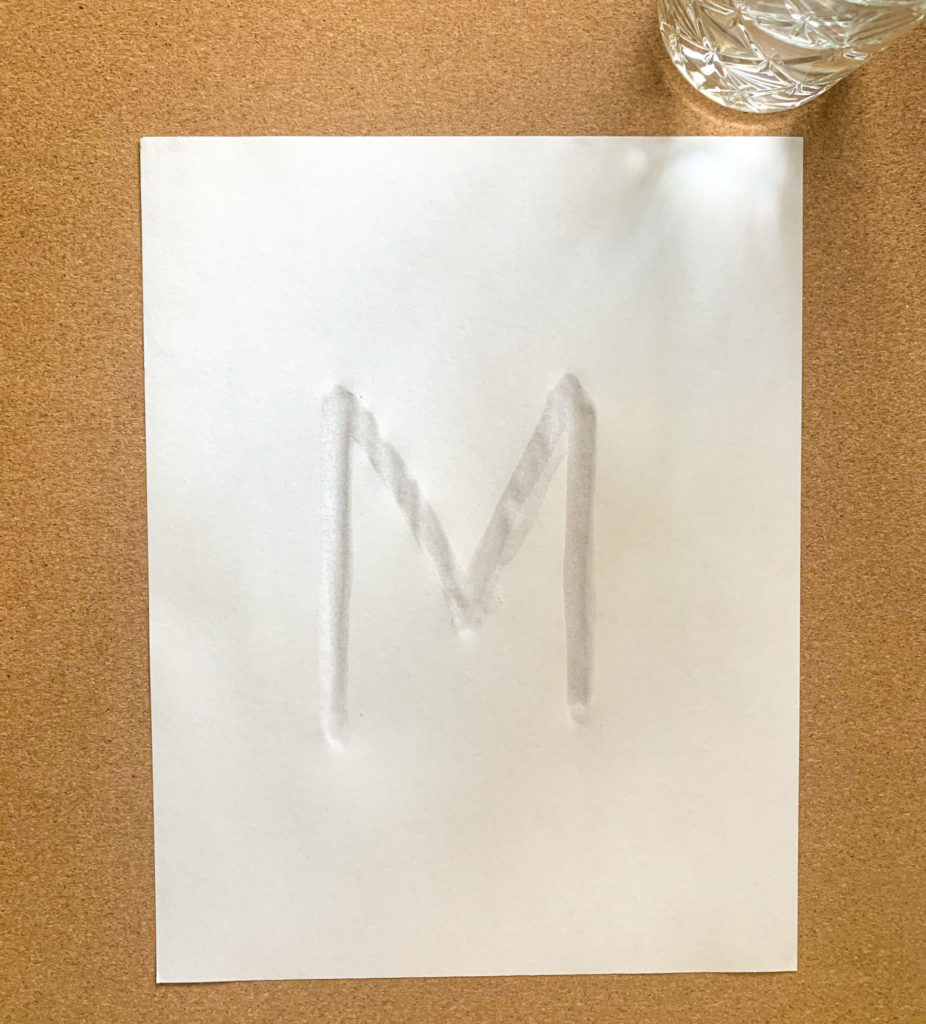
What you need:
-A blank piece of paper (construction/colorful paper works best, but white works too)
-A cup of water
Model writing the letter using your typical tools (dry erase and whiteboard, pencil and paper), then tell students you’d like them to try writing with a magic writing tool! Tell them that they need to get out their disappearing ink. They’ll protest and say, “We don’t have that!” Then assure them that they do. Model first by getting a small cup of water and a piece of paper. Tell them that even though it looks like water, it’s actually disappearing ink. Model dipping a finger into the water, then writing the letter on your paper. Wait as the water soaks in and begins to show the letter!
Give students the same supplies. You can prep the cups of water ahead of time for students to share at tables or keep it individual. As they write, tell them that the ink shows up best when you trace it a few times. Once it begins to show up, have them hold up their paper to some light in the room, telling them that light really activates the ink! Say that the ink will start to disappear soon, so practice writing the letter a few more times and then wait. In a few minutes, the water will dry and the letter will disappear! Instant engagement!
Activity #2: Letter Crafts
We saw that during distance learning, it was crucial that we gave students activities that took their attention away from the screen. We also saw that fine motor practice was not happening as much as it would in the classroom! This is where letter crafts came in handy, not only for helping students remember letter formation and sounds but also to support their fine motor growth.
There are lots of pre-made templates for letter crafts, and while those are great, they usually require a lot of teacher prep with copying and cutting. These are so simple that you barely need to gather any supplies at all, and your students can do the craft basically 100% independently!
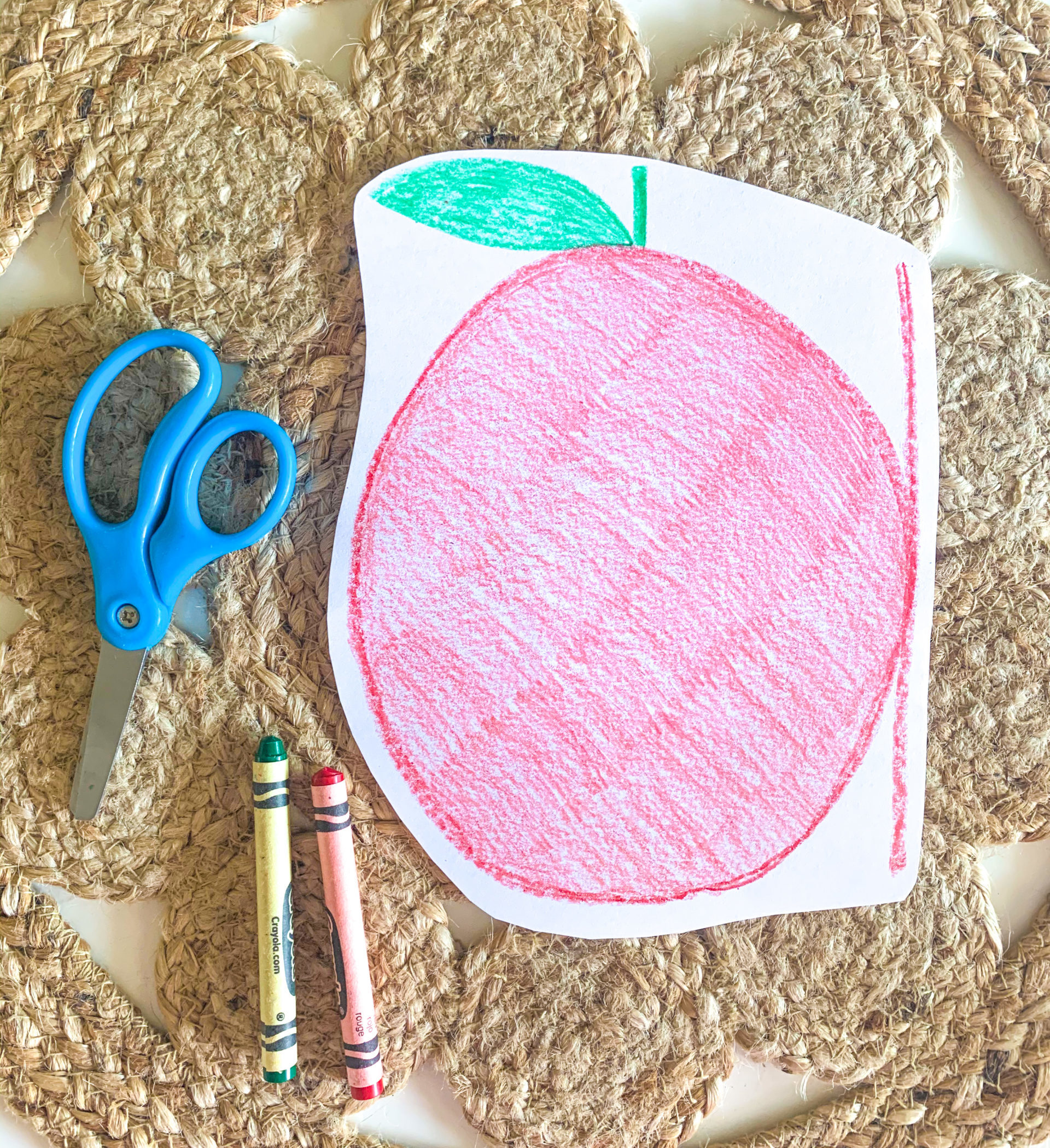
What you need:
-A piece of plain white paper
-Crayons
-Scissors
This activity was fun to do as we transitioned from letter identification to letter formation and sounds. While talking about things that begin with the letter sound we were studying, we picked one word and made a craft. This did take a bit of planning on my part to make sure that a word could become a simple craft. I would google a letter craft for a particular letter, then use a dry erase and whiteboard to sketch the idea. If it was too complicated, I tried something else. Here are a few examples of simple crafts that my students could draw:
Lowercase a: apple, uppercase M: mouse, lowercase w: watermelon, lowercase d: dinosaur, lowercase b: person with belly upper/lowercase s: snake, upper/lowercase o: octopus
We didn’t make a letter craft for every letter, but we did focus on letters that were tricky in formation (b/d), sound (vowels), or were uncommon (w, v, y). We also did them for the first letters we learned: a, s, m, t. Let me know if you have more ideas for crafts for other letters!
Activity #3: Sound Scavenger Hunt
In wanting to get students away from their screens as much as possible, scavenger hunts became a popular activity for us! You can do a scavenger hunt for so many things, including math skills. One of the most engaging and easiest ones we did was a sound scavenger hunt using initial sounds for review.
While we did these at home, they can easily be done in class. I’ve done them in both settings and there are usually ample things for students to find! In the classroom, rather than having students bring all of their finds to the rug, I typically have them stand next to or point to the item they’ve found. They are able to each take a turn telling the class what they’ve found that begins with our letter sound in review.
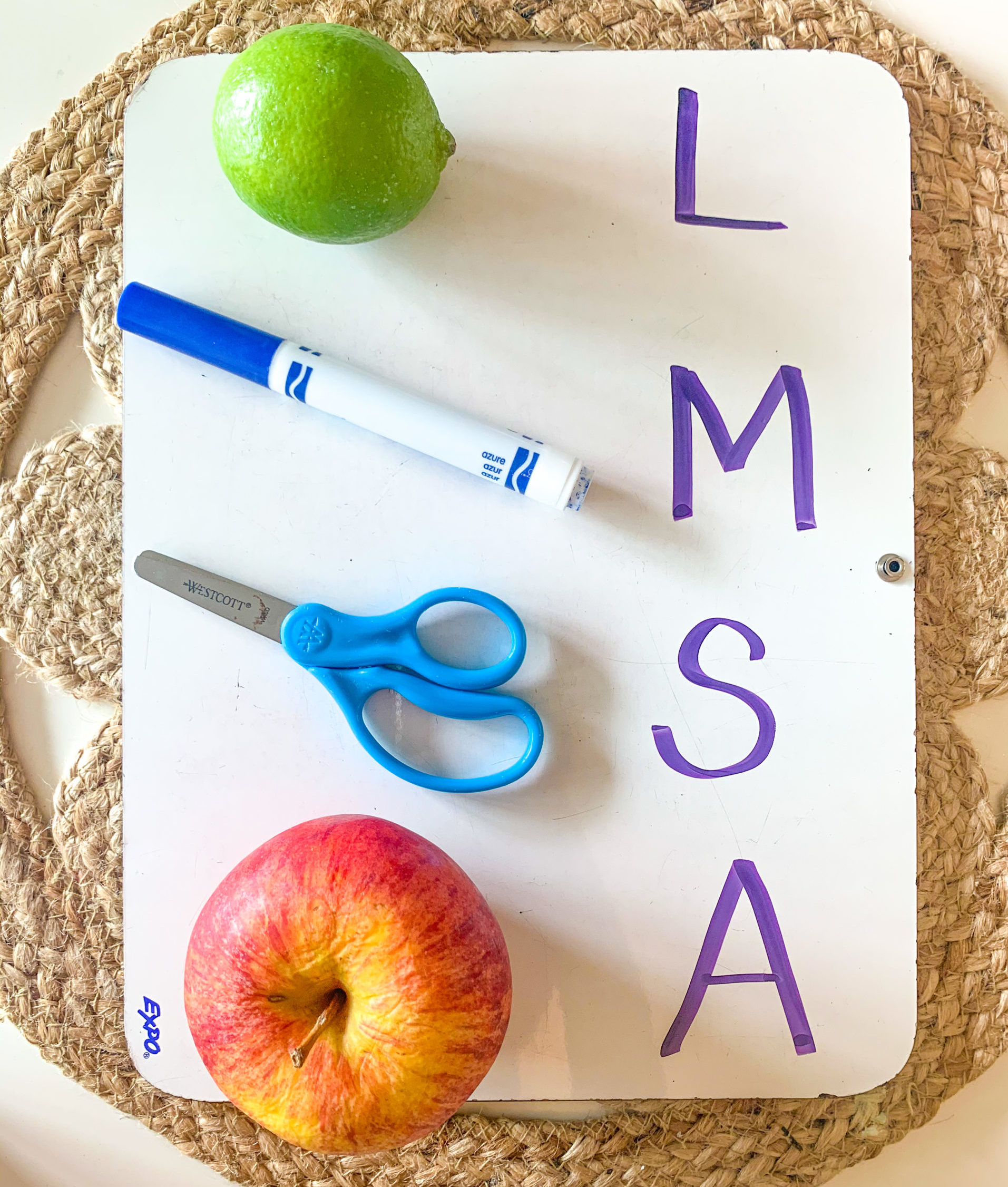
What you need:
-Nothing! Well, not really. Your students need access to a place with lots of items, like their classroom. But that’s it!
To play, you can choose how many letter sounds you want to focus on. I would typically start with one, but after a couple of weeks of studying letters, I would add more. Four is a number I would do during review. Just call out a letter and its sound, then let kids go hunting! Set expectations before you begin like asking students to safely walk around the room, stand next to or point to the object, then wait for their turn to share. You can play this as many times as you want, it never gets old!
Want more ideas?
These activities got us through distance learning and allowed my students to play during their learning time! I’m looking forward to doing them in person in the fall. There were other activities that also supported our learning while incorporating play, and I compiled my favorite ones in an easy-to-use resource for you! These activities were my most popular ones that I shared on Instagram during distance learning, and they all transition easily to in-person learning. Check them out here or by clicking the image below!
I will always try to incorporate play and fun into our learning, and these activities did just that! A big bonus of these activities was the ease and simplicity, allowing me to use them seamlessly during distance learning. They will make the perfect addition to in-person learning, and watching kids have fun with their learning is the best part!


